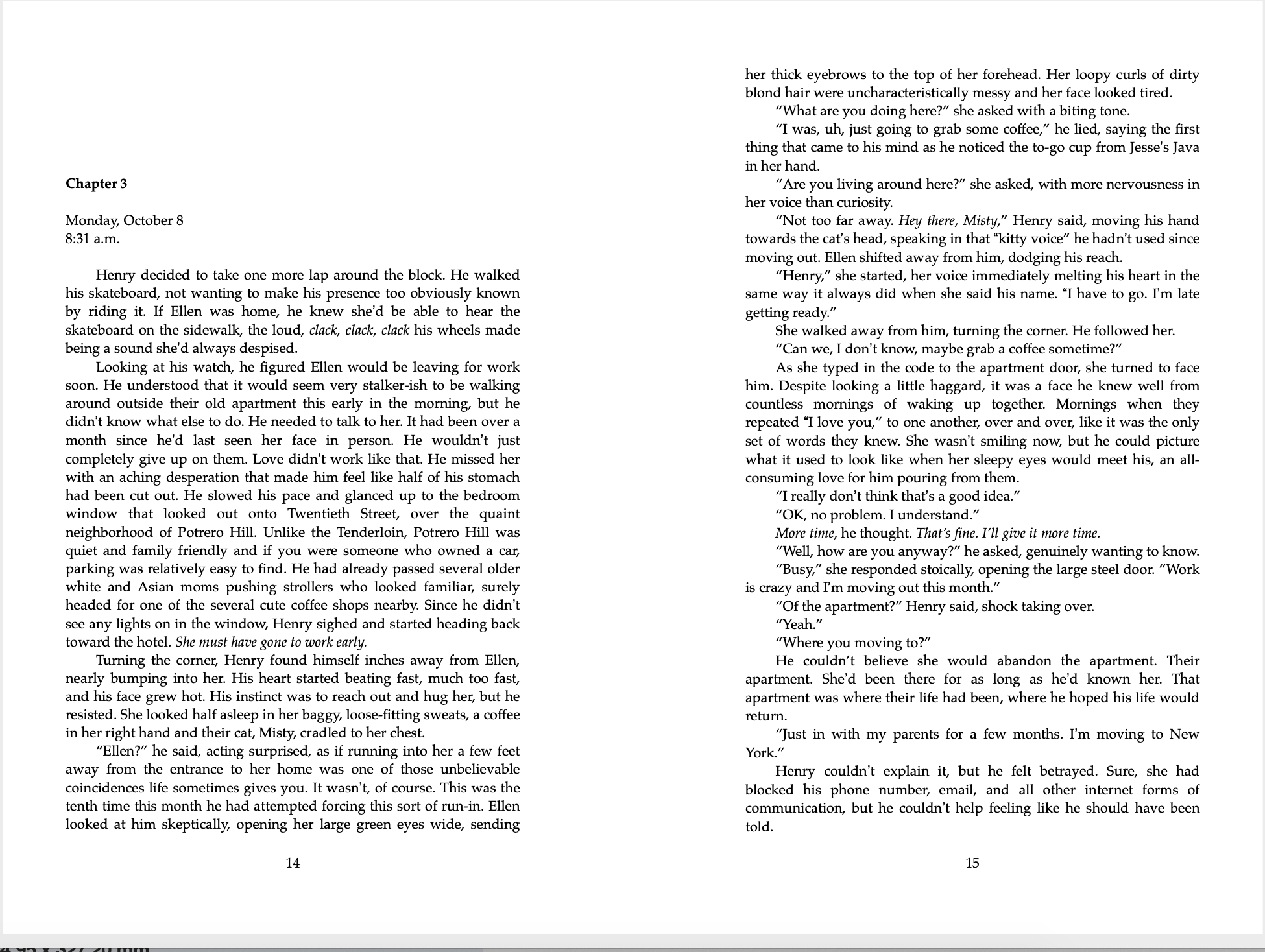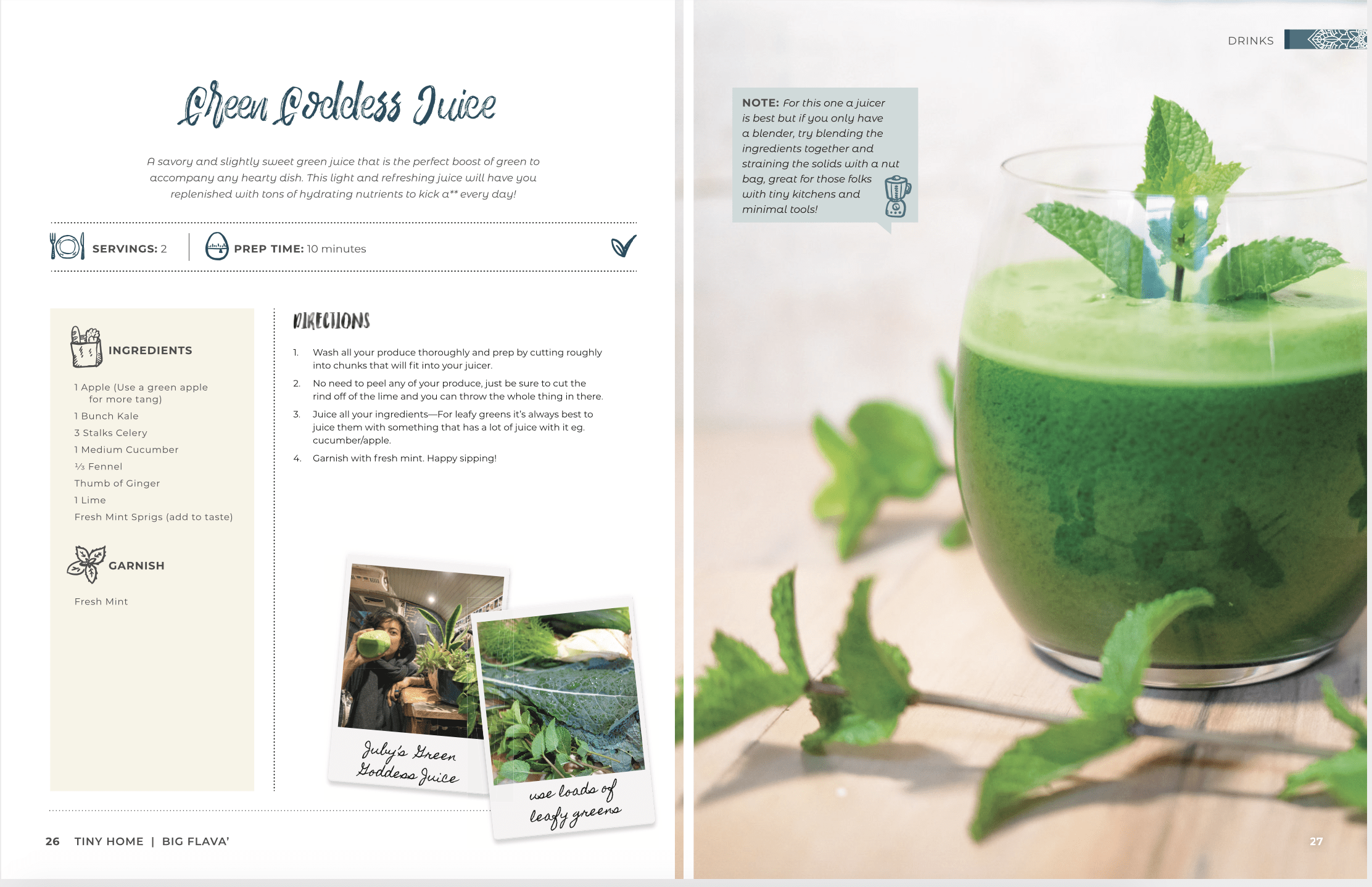The Secret Ingredient to Self-Publishing Success
What is the secret ingredient to successful publishing? Well my friend, actually, there are three. And if you can incorporate each into your publishing plan, your chances of success are on the rise like a perfectly leavened sourdough.
How do we know? Because we’ve helped publish over three million books and after a while, you start to notice some patterns. So today, I’d like to share with you three surefire ways to set yourself up for the sweet, sweet taste of self-publishing success. Also, we’re just getting started with the cooking metaphors, so tie on that apron!
We’re going to start with the assumption that the content you have created is amazing because you’re amazing.
So starting there, you will need:
1. A Great Cover Design
We all judge books by their covers. Let’s just get that out in the open. We’re not bad people, it’s just a fact of life. This is especially true when it comes to self-published books. Nothing hurts my soul more than seeing a wonderfully written book wrapped up in a Microsoft Paint file. Don’t do that to yourself. Or your readers.
Make sure that you have the budget for a cover designer or a favor to call in with a graphic designer friend. When you look at the most successful self-published authors on Lulu, you will notice they all have fabulous covers. This is not a coincidence. We eat with our eyes first, and if the cover isn’t appetizing, no one will stick around for the main course.
A good cover is also a tremendous marketing tool for your book and can help to drive audience engagement. As you’re working with your cover designer, share your progress with your audience and let them weigh in on what they like and what they don’t. It’s like offering a tasting menu and letting them choose their favorite. Doing this helps to get your readers involved in the early stages of development and helps gauge likely book sales once you publish.
Here are a few examples of some deliciously designed Lulu book covers:


2. Thorough Editing and Formatting
Alright so we’ve nailed the presentation, but what happens when you open the book? Each day the stigma associated with self-publishing lessens. Unfortunately, some readers will still expect amateur covers and poorly edited text from your self-published book.
In this case, you do not want to live up to their expectations. Let them down in the best way possible by working with editors and designers to ensure your book meets the publishing industry standards.
Every book, from the top of the New York Times Best Sellers list to the bottom of the bargain bin at your local thrift store, is going to have some sort of error. That’s just the way it goes. Sadly, too many independently published authors have forgone the appropriate editing and formatting procedures, leaving their books rife with misspellings, misplaced commas, and missed opportunities to grow their audience.
Ensure that grammar and formatting errors don’t leave your readers full of frustration and find the professional services you need. If you’re not sure where to start, Lulu has you covered. Literally.
Self-Publishing Success Stories
Here we have a great example of a well-formatted novel, brought to you by Top of Mason author and professional skateboarder, Walker Ryan:

Authors and influencers Justin and Juby are basically putting on a clinic with how expertly they formatted the interior of their cookbook, Tiny Home, Big Flava:

3. A Strong Marketing Plan
I wish I could say at this point “If you build it, they will come,” but I’m not here to lie to you. Even traditional publishers of the most well-known authors put months of work into marketing their books.
Since you decided to self-publish, you will also be in charge of marketing and promoting your new book. If you’ve followed steps one and two, then you are in an excellent position to continue marketing your book.
I say continue because you should start letting people know about your book in the early phases of writing it, so marketing will be constant throughout the entire process.
It all starts with who you’re writing for. If you can’t clearly identify your target audience and why they will love your book, why are you even writing it?
That might seem harsh, but one thing we’ve seen time and time again is that successful authors know exactly why they’re writing and who they are writing for. It might be to educate, inspire, or entertain, but they are crystal clear on their why.
When you know why you’re doing something, marketing it doesn’t seem gross or manipulative. To your audience, it will seem very appetizing. You know they’re going to find value in what you’re serving up, so by telling them about your book, you’re providing them an opportunity to enhance their life and expand their palette. What’s gross about that?
A successful marketing plan will look different for every creator, but the elements are the same. You know who your audience is and you know where they are, online and in person. You are active on the social media channels they are active on and you have multiple ways to connect with them, including your author website and email list. You attend the events they attend and you invite feedback and encourage dialogue.
Having a successful book is great, but having a successful brand is even better. Like these authors:
- Lulu author Phoebe Garnsworthy here giving a masterclass on author websites.
- Fantasy author Mark Piggott teaches us how to have a constant and engaging presence on social media.
- Comic book creator Trent Kaniuga shares an example of excellent book promotion.
The beautiful thing about independent publishing is that it can come in many different varieties and flavors. Regardless of what you choose to publish, including these three key ingredients will help you cook up a book primed for publishing perfection.






